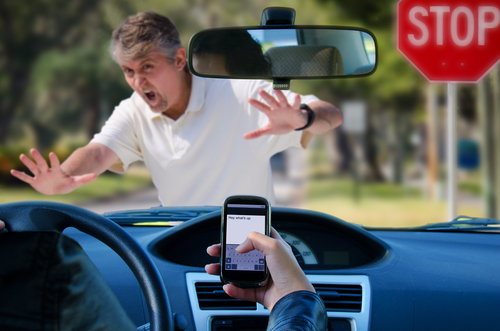Proving fault in a pedestrian accident claim is crucial for victims seeking compensation for their injuries and damages. Pedestrian accidents can result in severe injuries due to the vulnerability of pedestrians compared to vehicles. If you have been injured in a pedestrian accident, the following is a brief overview of the steps you should take. Call our office to speak with a Virginia Beach pedestrian accident lawyer for more detailed information regarding your situation.
Seek Immediate Medical Attention
After a pedestrian accident, the top priority should be your health and well-being. Seek immediate medical attention, even if you don’t think your injuries are severe. Some injuries, like internal trauma or concussions, may not show immediate symptoms but can have long-term consequences. Prompt medical care also documents your injuries, which is crucial for your claim.
Contact Law Enforcement
Report the accident to the police and ensure they create an official accident report. This report will contain important details, including statements from witnesses, the parties involved, and the officer’s assessment of the accident scene. Having an official record of the accident is essential for determining fault.
Gather Evidence at the Scene
If your injuries allow, collect as much evidence as possible at the accident scene. Take photographs of the accident scene, the vehicles involved, your injuries, and any relevant road signs or traffic signals. This visual evidence can help establish fault later on.
Identify Witnesses
Collect contact information from any witnesses who saw the accident happen. Their statements can provide valuable testimony to corroborate your version of events and help establish fault. Witness statements are particularly crucial if there is a dispute over liability.
Preserve Evidence
Ensure the preservation of physical evidence related to the accident, such as your damaged clothing, personal items, or any vehicle parts that may have struck you. This evidence can help establish how the accident occurred and who was at fault.
Document Your Injuries and Treatment
Maintain a detailed record of your injuries and medical treatment. Keep copies of medical bills, doctor’s notes, and prescriptions. This documentation establishes the extent of your injuries and the medical costs you have incurred.
Consult with an Attorney
Contact a skilled personal injury attorney with experience in pedestrian accidents. An attorney can provide invaluable guidance, protect your rights, and help you navigate the complex legal process. They can also assess the merits of your case and advise you on how to strengthen it. Some of the issues your attorney will evaluate for your case include:
Investigate the Driver’s Actions
Your attorney will investigate the driver’s actions involved in the accident. They will look for evidence of negligence, such as speeding, distracted driving, running a red light, or failure to yield the right of way. This evidence can be critical in establishing the driver’s fault.
Evaluate Traffic Laws
Virginia’s traffic laws play a significant role in determining fault in pedestrian accidents. Your attorney will assess whether the driver violated any traffic laws at the time of the accident. Violations like failure to yield to pedestrians in crosswalks or driving under the influence can strengthen your case.
Review Surveillance Footage
In some cases, surveillance cameras or dashcam footage from nearby vehicles may have captured the accident. Your attorney will investigate whether such footage exists and can be used as evidence to support your claim.
Consult with Experts
Medical and accident reconstruction specialists can provide professional opinions to strengthen your case. They can testify about the severity of your injuries and the circumstances of the accident, helping to establish fault.
Negotiate with Insurance Companies
Your attorney will handle negotiations with the at-fault driver’s insurance company. They will work to secure a fair settlement that covers your medical expenses, lost wages, pain and suffering, and other damages. Insurance companies may attempt to minimize liability, so legal representation is crucial.
Prepare for Litigation
If a fair settlement cannot be reached through negotiations, your attorney will be prepared to take your case to court. If necessary, they will present the evidence gathered and the legal arguments supporting your claim to a judge and jury.
Call Our Personal Injury Law Office for Legal Assitance
If you or a loved one has been injured in a pedestrian accident, consulting with a knowledgeable personal injury attorney can help you navigate the complexities of the legal system and pursue the compensation you deserve. Contact Shapiro, Washburn & Sharp to schedule a free case evaluation with one of our Virginia Beach pedestrian accident lawyers and find out what legal recourse you may have.
Our attorneys have successfully litigated numerous cases and recovered settlements for victims and their families over the past 30+ years, like the $545,000 settlement we negotiated for two clients who both suffered leg fractures when they were struck by a car while using a crosswalk. However, we will not hesitate to pursue litigation if the insurance company fails to negotiate in good faith.
